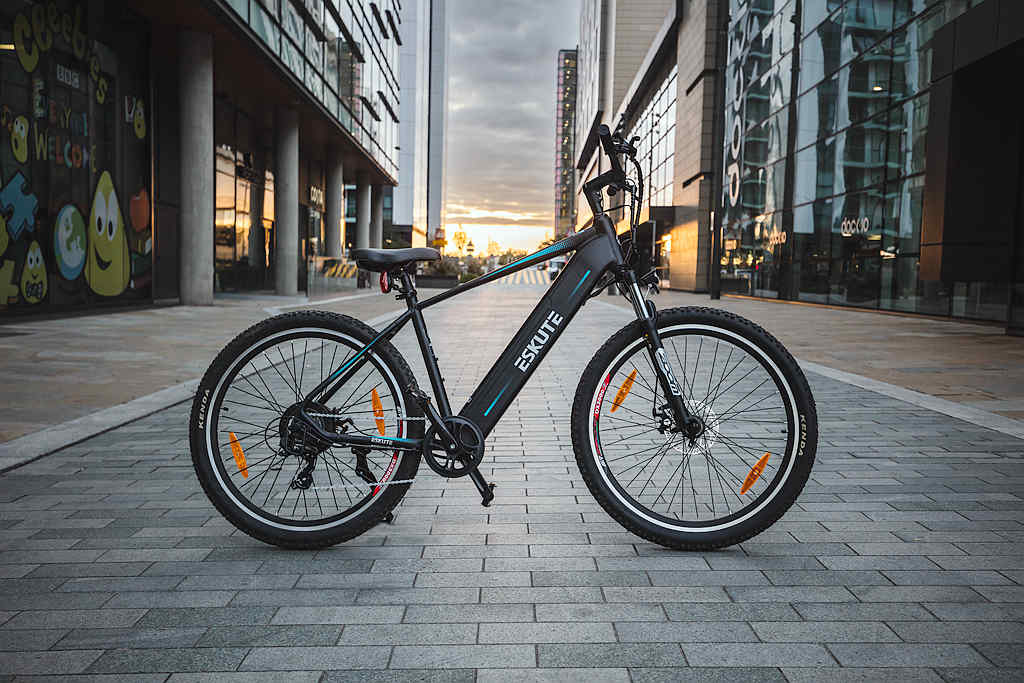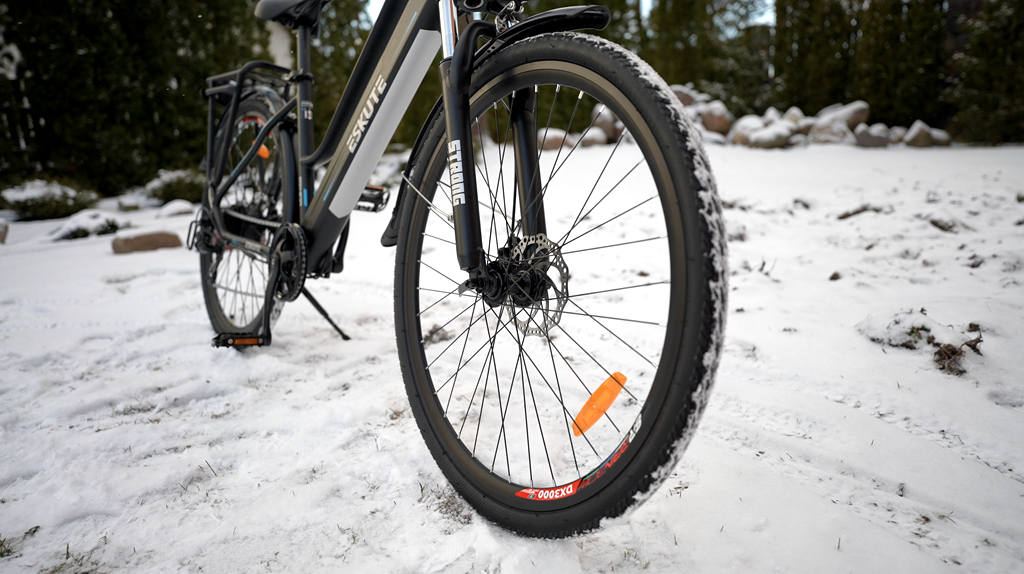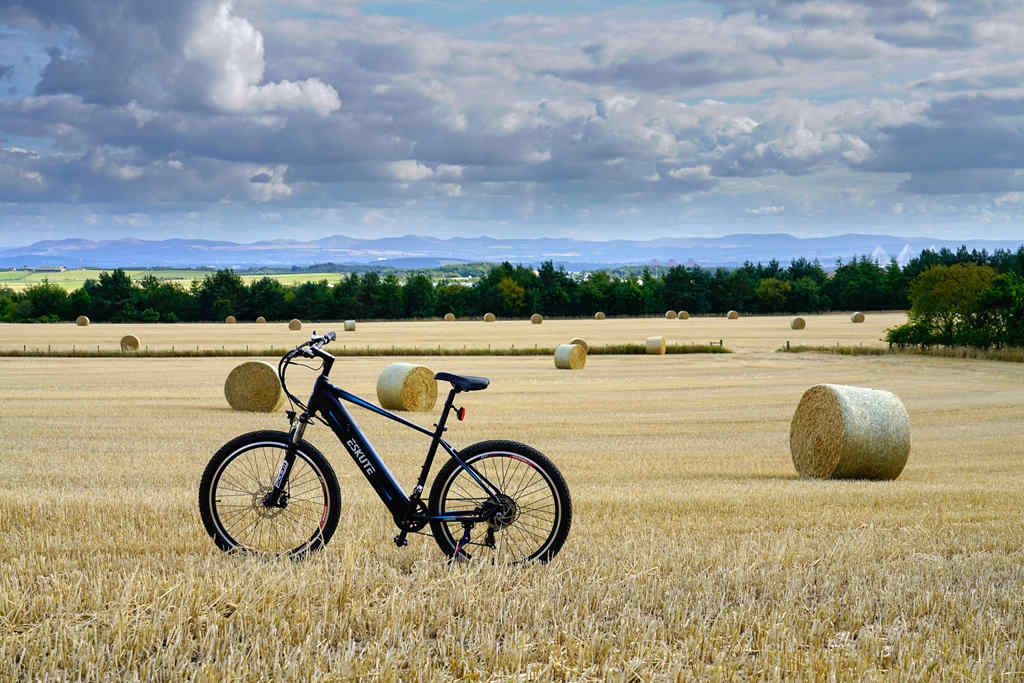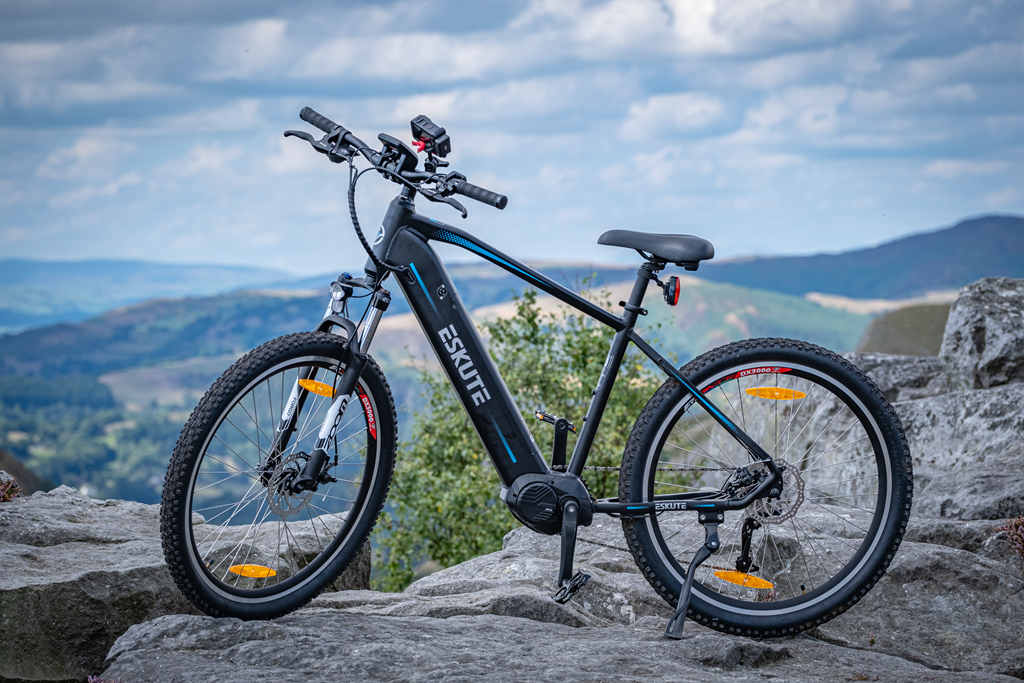Are E-bikes Safe?
Shortly, yes. They are a safe&green mode of transport, and a wide variety of users can use electric bikes safely if proper precautions are followed.
The latter is a very important statement. Even the safest of transports can result in occasional crashes if proper methods and instructions aren't followed.
It might appear that e-bikes are much more likely to be involved in accidents due to media coverage; however, that might be because of the increased usage of electric bikes these days.
Research from Portland State University found that e-bikes are replacing car trips, with electric bike rides having replaced 1,778 motor vehicle miles within the last three trips reported by the survey respondents [1]. This increased usage naturally means that there would be more anecdotes and news regarding e-bike crashes.
However, for the most part, e-bikes are as safe as regular bikes, and there's no need to worry. They may have a few unique risks, but at the same time, they also provide reduced risks in some aspects. The good thing is that most of these risks are preventable or less likely to happen if properly prepared.
We'll explore their safety more in-depth, the safety hazards/risks associated with them, and how they fare compared to traditional bikes and other modes of transport.
What do the numbers say?
Before discussing the same risks and methods to enhance e-bike safety, let's look at the figures. This will allow us to have an accurate view of the current situation concerning e-bike safety.

Electric bikes are more likely to get involved in a crash.
A paper published in a BMJ Journal "Injury Prevention" in 2019 [2], came up with some interesting results. The study was done on a large scale using data from the US National Electronic Injury Surveillance System.
The study analyzed injury patterns and trends associated with electric bikes and other powered vehicles from 2010 to 2017 from the injuries recorded in the national surveillance system.
It found that people injured using electric bikes were more likely to suffer from internal injuries and be admitted to a hospital. They were also three times more likely to be involved in a collision with a pedestrian than traditional pedal bicycles.
But there's a catch.
However, a 2020 study published in the Journal of Transport & Health [3] found reasons for this discrepancy. According to the research, due to their ease of access, electric bikes can be used by more vulnerable populations (such as the elderly) compared to conventional bike users.
As a result, electric bike riders are generally more likely to be slightly unfit and get involved in a crash or sustain injuries as compared to conventional riders.
The authors state that electric bike riders are less likely to be involved in crashes or face injuries after adjusting for this and controlling for bike use. E-bike crashes are, on average, as probable and severe as conventional bike crashes.
One key takeaway is that older females usually carry a higher risk of crashes and sustain higher injuries on electric bikes. Enabling safer methods of getting off the bike, such as by reducing saddle height or riding step-through e-bikes, are ways to reduce the likelihood of an incident happening in this demographic.

How to enhance e-bike safety?
If you are curious about the safety of e-bikes with children, you must go through Eskute's article on how to ensure safety when riding e-bikes with children.
Without further ado, let's talk about the things we can do.
1.Don't Overspeed
It is a very basic tip but the most important one. Know what speed limits are imposed on e-bikes in your particular country and applicable to the particular class of e-bikes you're riding. Be sure to follow the traffic rules of the region that you're in, and don't try to derestrict your e-bike capped at 15.5 mph for more thrill.
It's better to err on caution and drive at a lower speed than anywhere near the top limit since that would be safer, especially if you're driving in traffics, in bad weather, or on difficult roads with loads of turns.
2.Be Visible
Being visible to other drivers and riders on the road is paramount. Make sure the bike's colour stands out depending on the environment you'll be driving in. For example, lighter colours might suit the city more, whereas darker ones would stand out in snowy regions.

You could use reflectors on your bike and install proper lights that illuminate your view and make your bike visible to others on the road. Another thing is wearing reflective clothing to make yourself even more visible in the darkness.
3.Use a reliable bike.
Another important tip that rests over all others is choosing a good quality electric bike. So many electric bikes on the market are unreliable and shifty, and they can occur a breakdown on the road at any moment, potentially resulting in a dangerous crash.
Buying your electric bike from a reliable vendor with a reputable track record is necessary. One such place is Eskute, which has been selling trustworthy e-bikes for years in the UK at the most affordable prices.
But of course, even the most reliable bikes could cause failure if they aren't taken care of properly. Thus, ensure that you properly maintain your bike, regularly taking it to the mechanic and changing parts that need to be replaced.
Conclusion
All in all, while e-bikes might have a slightly higher chance of a crash compared to a regular bike, it's possible because of their use by more vulnerable populations and increased speed.
However, with the proper precautions and safety measures, they're a safe and eco-friendly means of transportation. Just keep an eye on the speedometer, make sure to slow down on corners, get a reliable bike, and you'd be good to go. For senior riders, please ensure that you are in good physical condition after taking sufficient rest before riding on the road.
Make sure you keep visiting Eskute to keep an eye on the best e-bike offerings and learn about the best tips and tricks on our blog.

References:
1.“A North American Survey of Electric Bicycle Owners | Transportation Research and Education Center.” Accessed November 20, 2022. http://trec.pdx.edu/research/project/1041/National_Electric_Bike_Owner_Survey_
2.DiMaggio, Charles J., Marko Bukur, Stephen P. Wall, Spiros G. Frangos, and Andy Y. Wen. “Injuries Associated with Electric-Powered Bikes and Scooters: Analysis of US Consumer Product Data.” Injury Prevention 26, no. 6 (December 1, 2020): 524–28. https://doi.org/10.1136/injuryprev-2019-043418
3. Schepers, Paul, Karin Klein Wolt, Marco Helbich, and Elliot Fishman. “Safety of E-Bikes Compared to Conventional Bicycles: What Role Does Cyclists’ Health Condition Play?” Journal of Transport & Health 19 (December 1, 2020): 100961. https://doi.org/10.1016/j.jth.2020.100961










Leave a comment
This site is protected by hCaptcha and the hCaptcha Privacy Policy and Terms of Service apply.